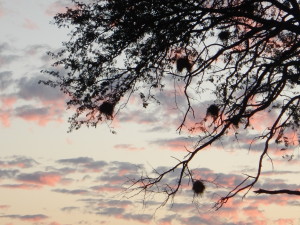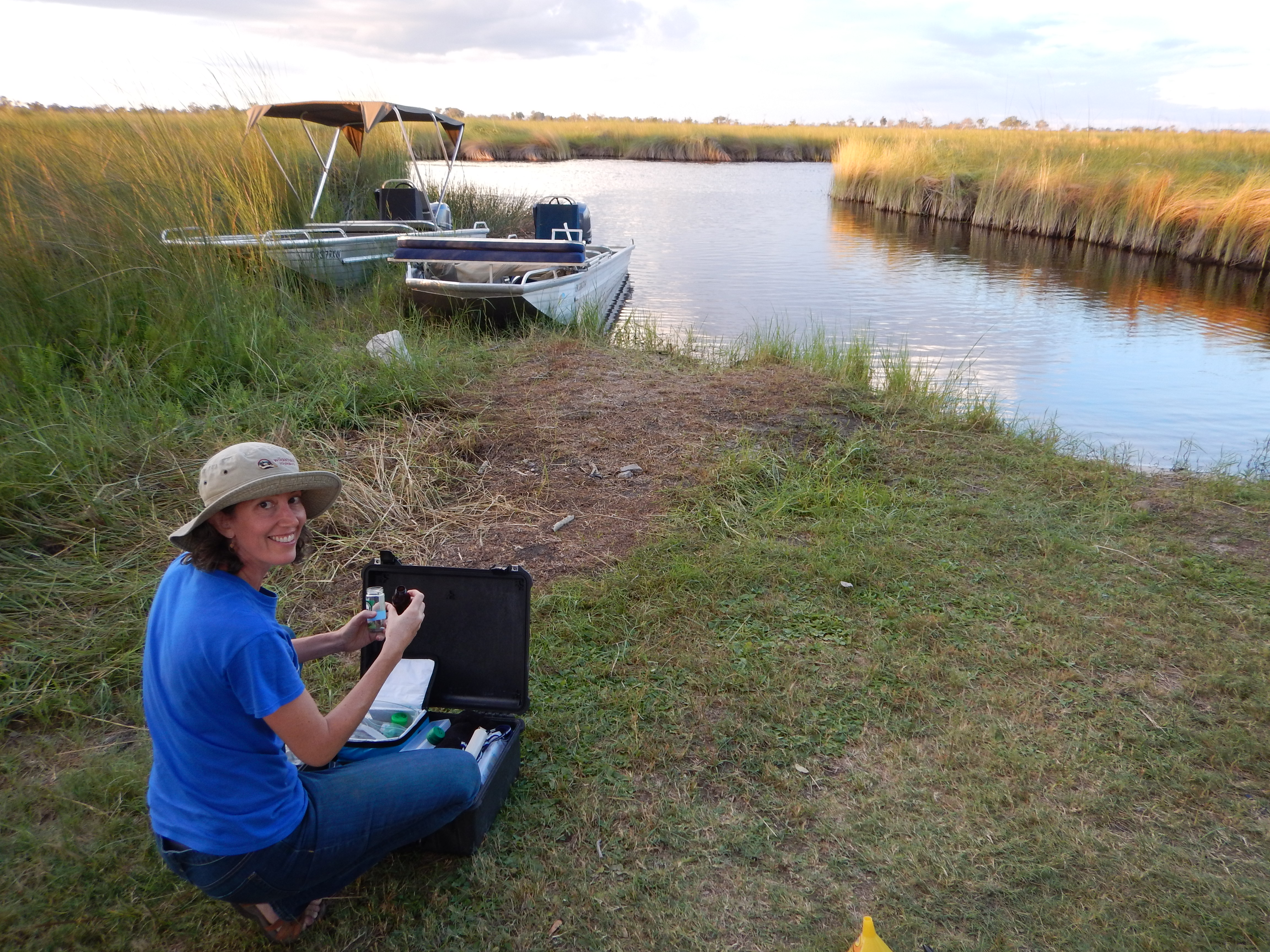April 5, 2016
Is difficult. And a bit of planning the unplannable. There is little room for error, because sampling sites are remote. Forgotten items are 4 hour’s drive (or more) away from home, along a rutted track that passes elephants and buffalo. But preparation must also flex with inevitable change and contingency. Remote field sites are definitely BYOTP (bring your own toilet paper) and BYOB (bring your own balance – probably not what you were thinking).
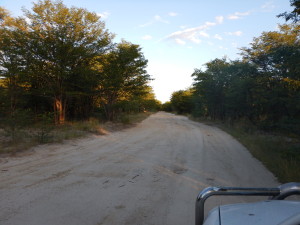

I take extra batteries and contact lenses, extra calipers, standards, and GPS units, extra water (always extra water). It must all fit in a small box and not break on the bumpy dusty trip.
Last time, my samples were almost launched multiple times from the back of the open land drover as we bounced our way through the bush for three hours. Luckily I had secured the boxes with rubber bands. Otherwise there would be little foil packs of dried liver samples providing monkeys with hours of novel entertainment.
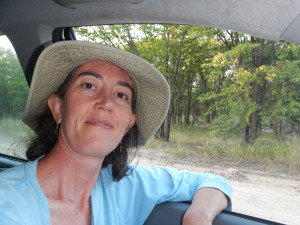
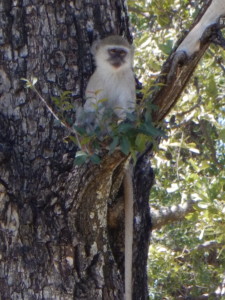
The good news is that Maun has most of what I need in terms of general supplies. You can buy tarps and tents, nylon rope and gas cans (called jerry cans), food and water, fuel, latex gloves in mingy packs of 10 (the pre-made holes are free), bug spray, foil, tape, cable ties, permanent markers (have to go to the stationary store), tupperware, ziplock bags, rubber boots, camping and cooking equipment, ice at gas stations.
What you can’t get is any sort of specialized scientific supplies. Bring that from home, especially if it’s critical.
Arranging camp sites is also interesting. Tourist season is heating up as the weather cools. It’s April now, and school holidays start next week. So vacationers abound. This means reservations are needed if you want a campsite with a loo.
I have found that I am very pro-loo, as long as it flushes with actual water. If it’s a loo that substitutes stirring for flushing (and I’ve encountered these), then a nice hole, dug with a handy spade is preferable – though generally frowned upon. Human excrement washing into the Delta is undesirable for a myriad of reasons (disease, nitrogen, dubious floating objects). At the very least you should have matches to burn your toilet paper.
But I digress on a topic close to my heart. As I was saying – reservations…. Today we are camping in Moremi National Park – a very exciting trip because Moremi is one of the best game viewing places in the world. To camp there, you need to pay for reservations in Maun, before you leave. Inconveniently, you cannot show up at the park and expect to pay at the gate for camping. Though you can pay park fees and vehicle fees at the gate. Bring cash because card machines often don’t work.
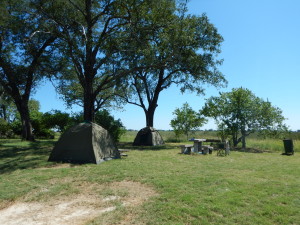
Yesterday I paid at the Maun office of Khwalate Safaris for three nights of camping at Xakanaxa. Their office is in the new mall, upstairs from FNB, on the right. Camping in Bots is surprisingly expensive for international people. Xakanaxa is 270 pula per person per night (about $27). That adds up if you have a large group. I hope the fees are used in part to conserve the natural landscape that is about to amaze me.
The interesting, perhaps a tad frustrating thing about camping here is the dearth of information on the internet about sites, amenities, options, and (current) pricing. To make things nice and complicated, campsites are managed by a diversity of companies. There is a useful website detailing who manages what and how to contact them – usually by email or phone. But that’s as far as the information goes.
When I made reservations for Xakanaxa, I received no information about amenities or how to get there – just a voucher to show at the gate in proof of payment. I forgot to ask about electricity (I’m guessing there isn’t any). I found a brief blurb on the internet indicating there is water and hot showers – which turned out to be true. And I had the presence of mind to ask which gate to use as I walked out the door (south gate for the Xakanaxa sites).
So, another adventure. We are traveling with some researchers from the University of Colorado and Oregon State. That will be fun.
